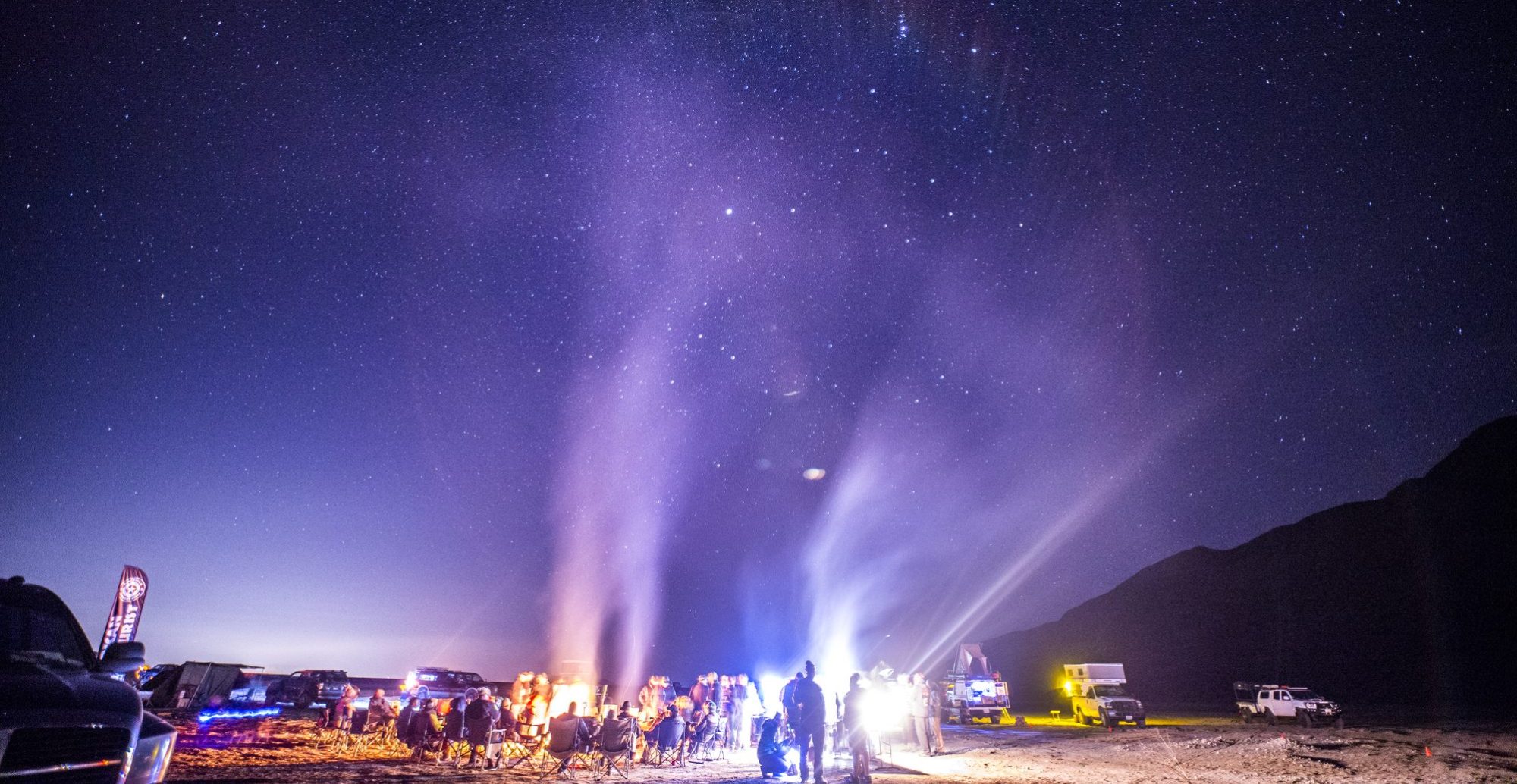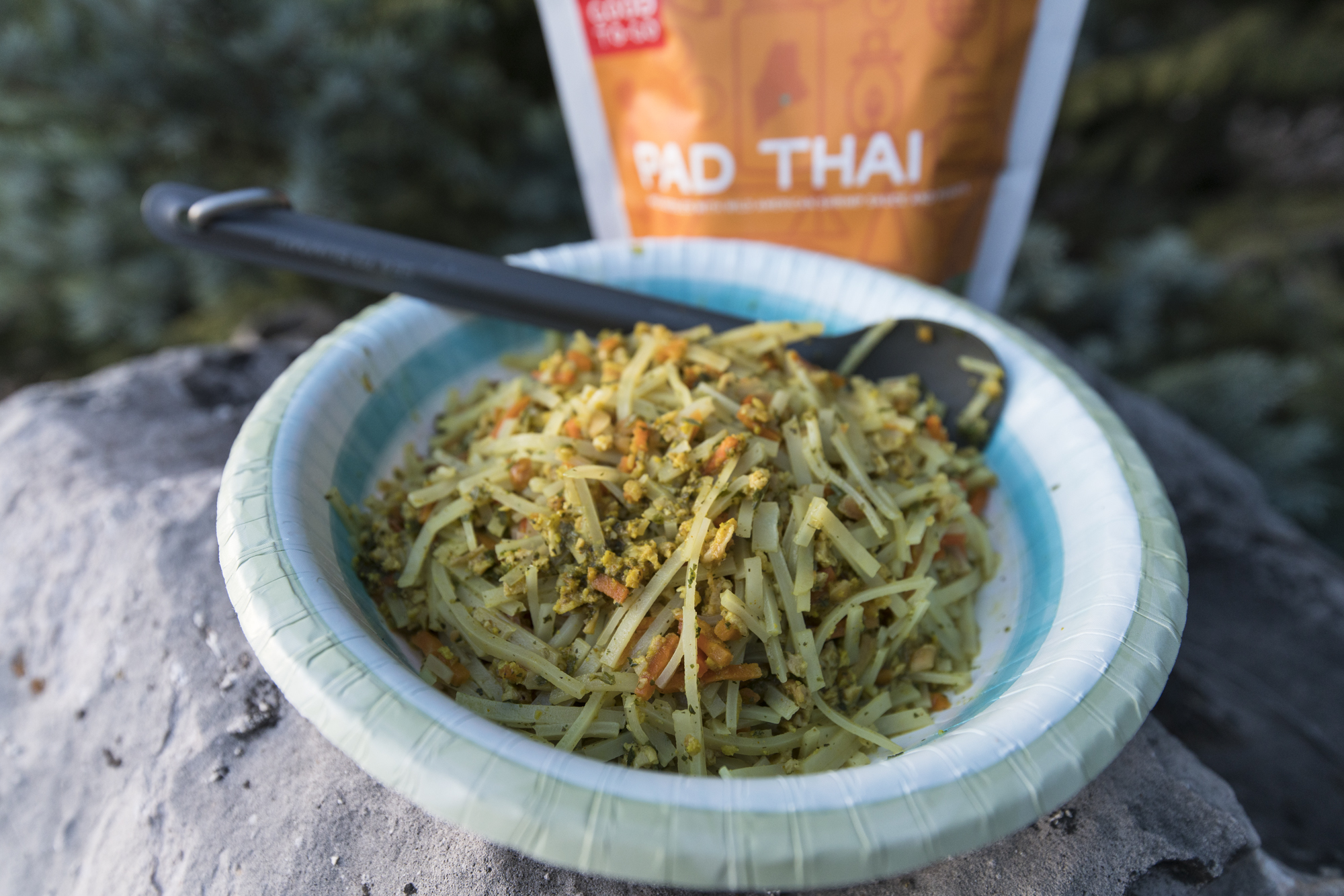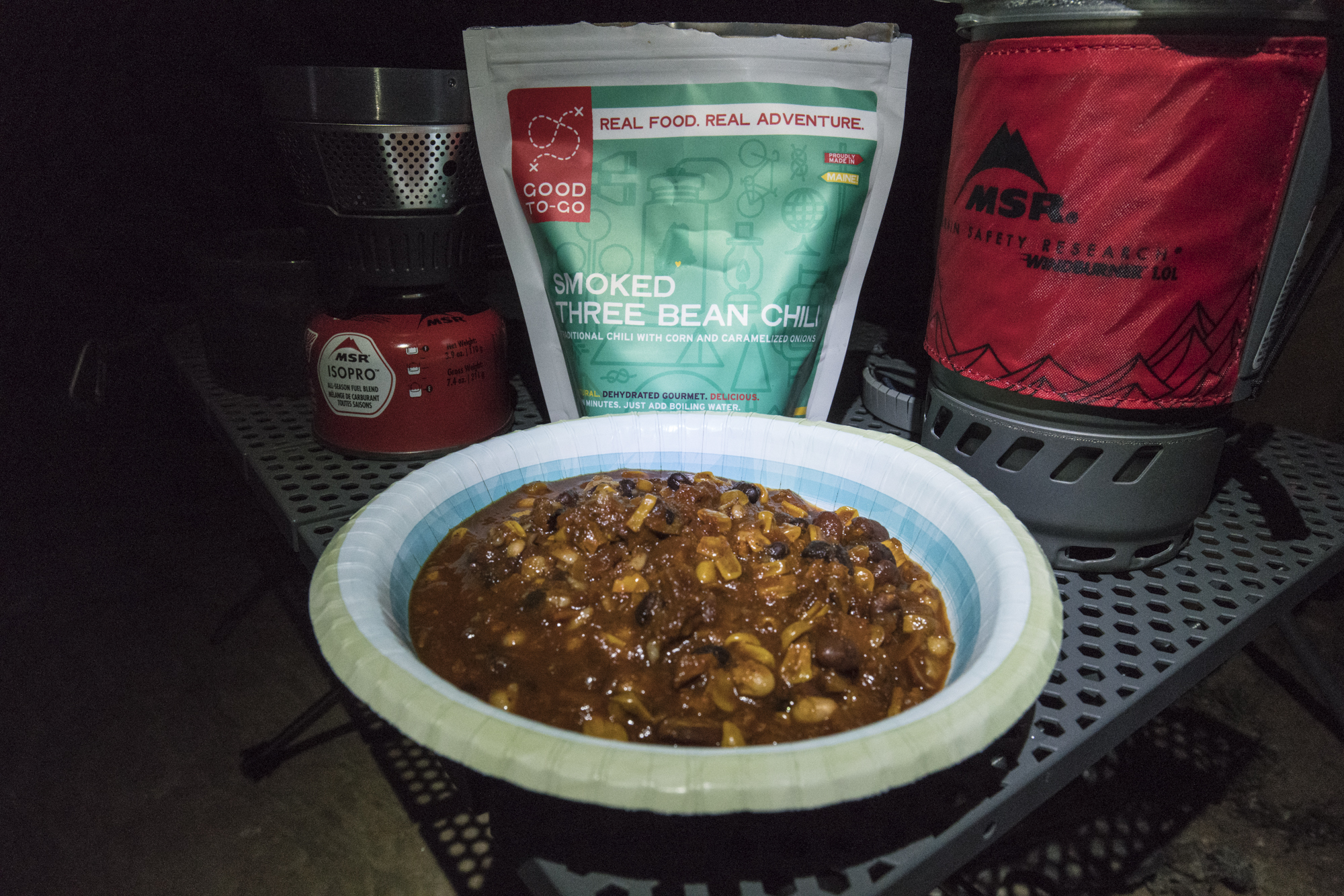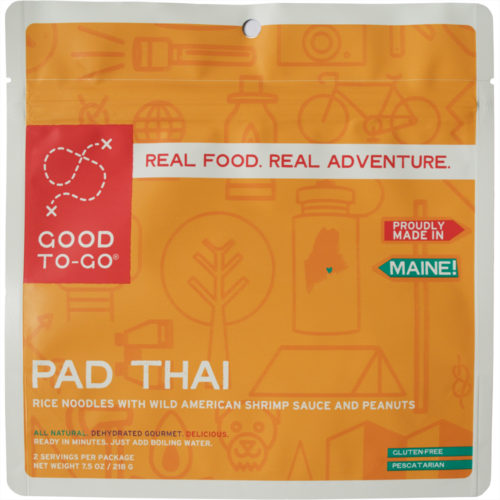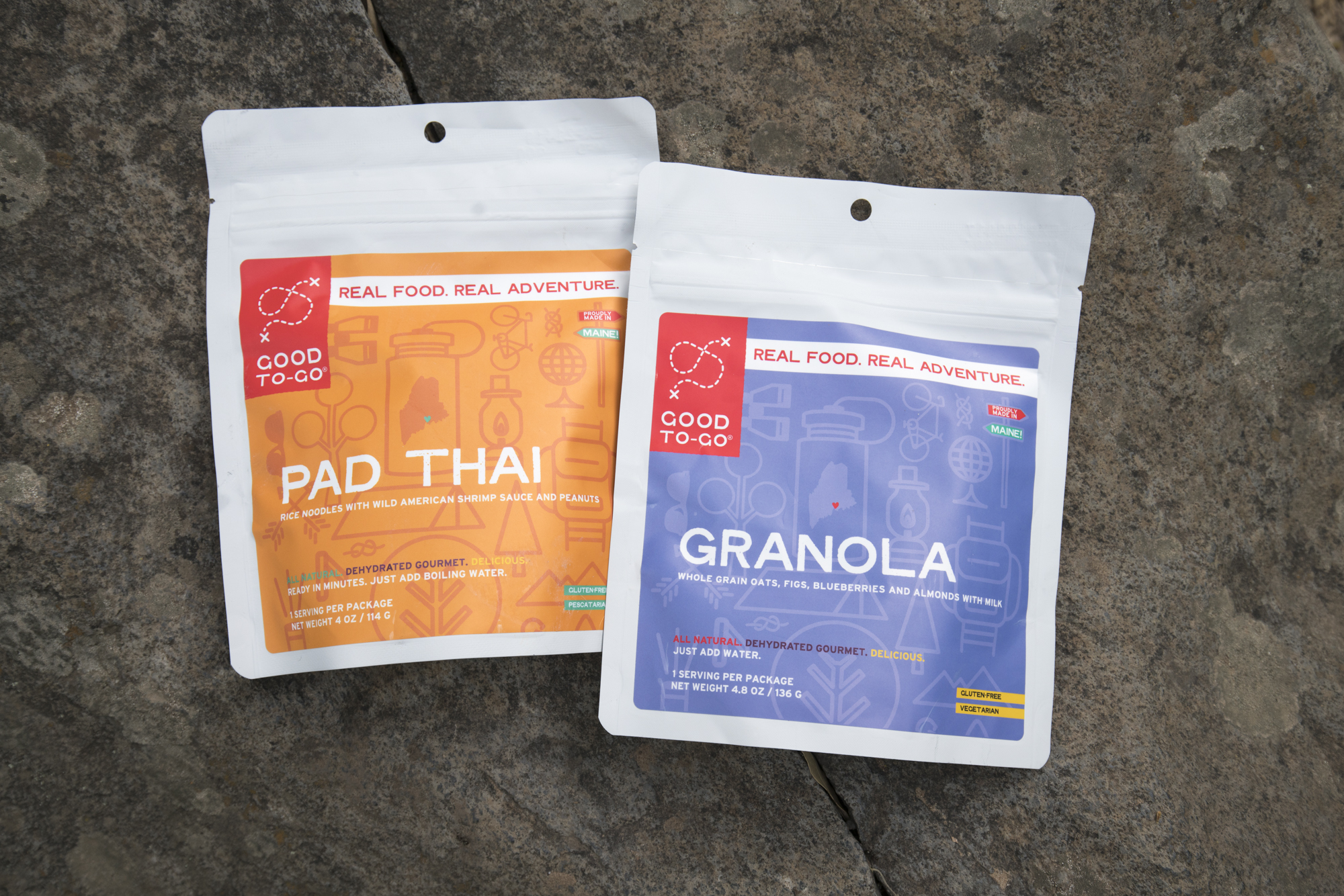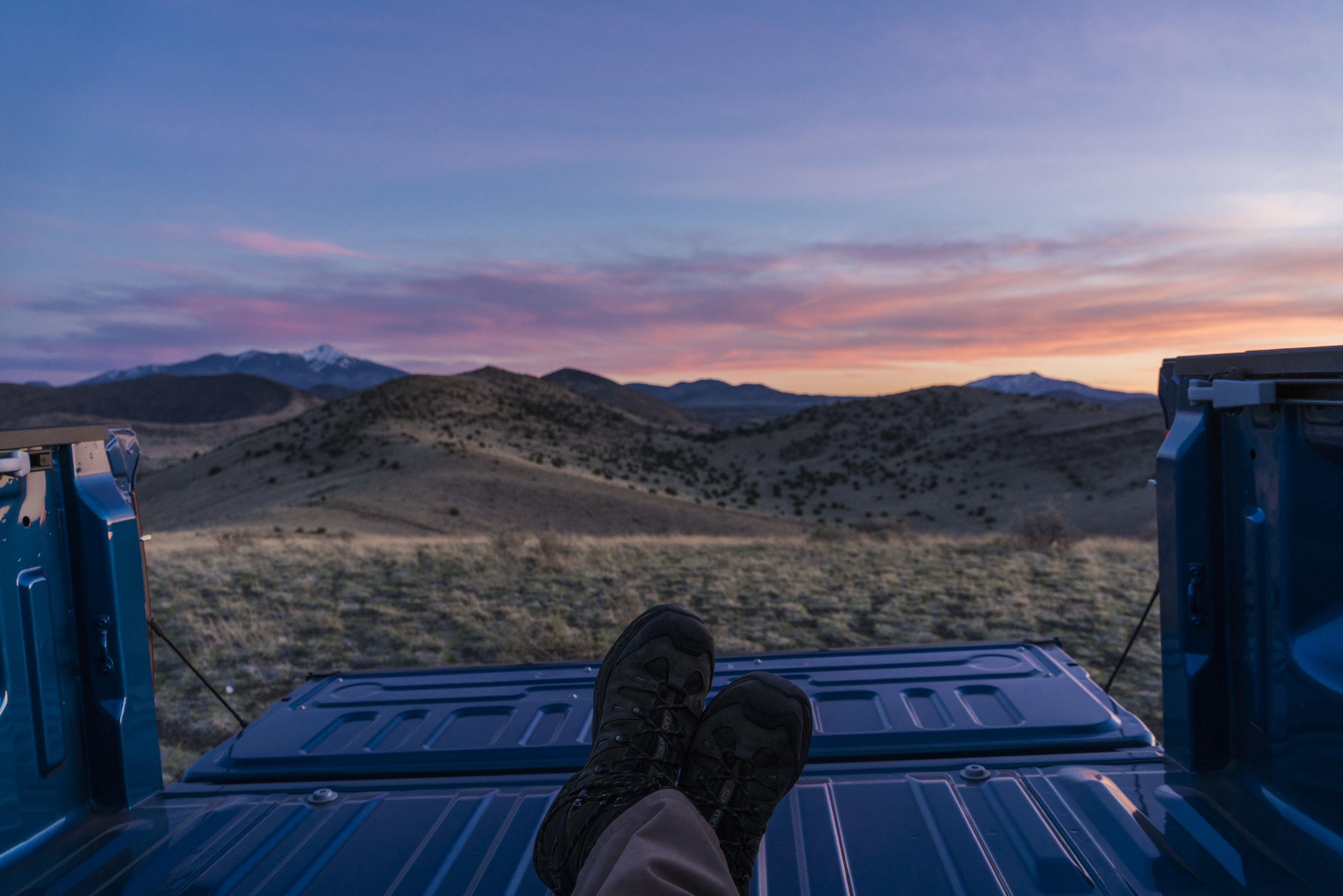
I’m watching an epic Arizona sunset from the bed of a truck parked on a volcano, and I can’t help but grin from ear to ear. Stretched out before me is an endless expanse of Northern Arizona painted in the kinds of colors you find on Instagram when someone first discovers the saturation slider—but this isn’t an enhanced image. This sunset, viewed from my current vantage point is the reason why we get outside: because outside is awesome. The truck that got me here happens to be pretty awesome too, it’s a brand new 2017 Toyota Tundra. And in it’s factory-stock form it happens to be a really capable vehicle, as evidenced by the fact that I’m not parked at the bottom of the volcano.

This Tundra is the platform that over the course of the next few months, with the help of some great companies, I’ll be building into a quiver-of-one adventure vehicle that will help me and my family do what we love: spend time outside. To get an idea of where we’re going with this project Tundra, I need to give you an idea of what I’ve been doing with my current first-gen Tacoma.


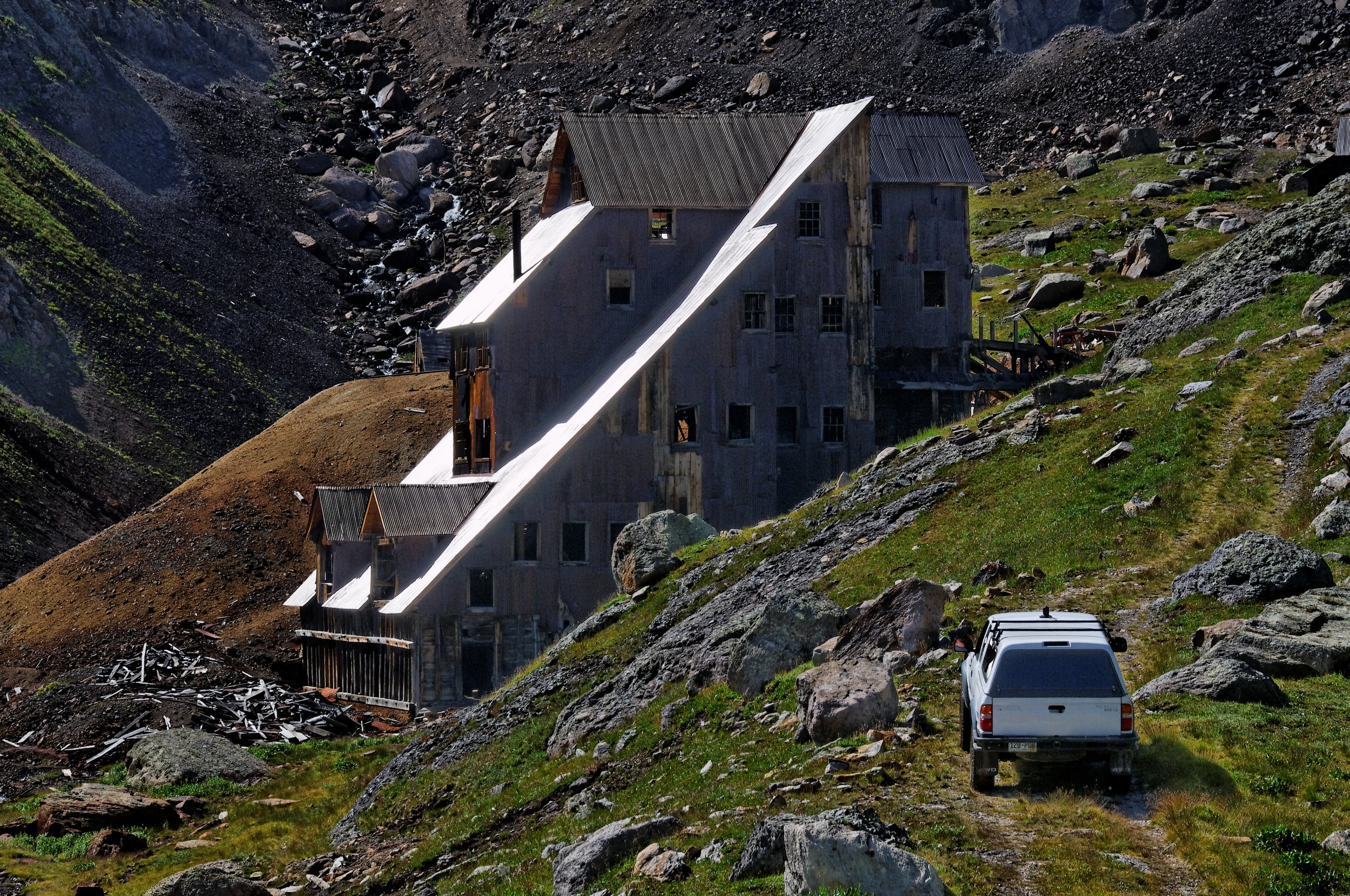
Over the last ten years, I’ve taken my Tacoma all over the Western United States seeking out the ends of countless dirt roads, and dozens of awesome destinations. I’ve cut first tracks and driven to the top of the San Juan Mountains only to pull out skis and venture further on when a snowbank blocks the road. I’ve driven to the Eastern Rim of the Grand Canyon to learn from the locals about the many threats that face one of our Nation’s most iconic National Parks. I’ve carried bikes, dirtbikes, skis, and all kinds of other gear on all kinds of adventures to explore our world. While the Tundra will almost certainly never get to pass through a certain gate at the top of a certain iconic waterfall, it will be built to do everything that the Tacoma does, and more. There are big plans in store for this project, but I’ve also been really enjoying my time with the stock truck.



Without changing a single part on the Tundra, I’ve had some great experiences with it. I’ve gotten to spend time in the woods and on the Mogollon rim with my family, and everywhere else I’ve gone with the truck has helped me refine my plans of what attributes I want to enhance on the Tundra. The objective is to build something where all of the changes and additions complement each other to bring the baseline performance of the truck up. Rather than buy all of the things, we’re going to be adding and changing the things that make an impact and help us have a better experience outside. With this approach in mind, the goals for the Tundra are:
- Tackle terrain wherever I may roam. From the deserts of Utah to the high passes of the Rockies, the Tundra needs to inspire confidence in any terrain.
- Carry gear for other sports: bikes, skis, SUPs, tow/haul dirtbikes, and other adventure gear.
- Be a basecamp/support vehicle for adventure projects and remote, off-grid film projects (day job).
- Carry the gear needed to safely travel into remote places and stay there for an extended period of time.
- Be a reliable tool for my family and friends to explore and experience the world with.


The Tundra will wear many hats and fulfill many roles in the coming years. It’s certainly a larger vehicle than my Tacoma, but that increase in size makes for some really exciting potential. With two more doors and a backseat that someone bigger than a five year-old is stoked to sit in, the adventure and the experience can be shared with more people. The 6.5 foot truck bed adds a few more inches of space that will allow the Tundra to swallow up bikes, skis, and other large pieces of gear with ease. It’s also more than long enough for a couple of adults to sleep while fully stretched out, which is a great option when you’re going fast and light. The power and towing increase over my Tacoma means that towing a trailer that’s ideally laden with motos or snowbikes or some other form of awesome is now a realistic idea. The potential for the Tundra is great, and we’re just getting started.

Kicking off a build project is an exciting time—it’s really easy to get caught up in daydreaming about adventures to come and all of the great places to be explored. Yet, I think that it’s also important to enjoy the moment and that simple fact that a stock vehicle can take you to some staggeringly-awesome places. By getting the Tundra in the dirt from day one, I’ve now got a comprehensive understanding of where the baseline is for the truck, which means that I’ll be able to understand (and fully appreciate) how adding parts and making changes improves what can be done with the Tundra. We will be documenting the process in a number of articles that you can find right here on American Adventurist, and I’ll be maintaining a build thread in the forums that will go into greater detail. Here’s to new roads and new experience outdoors doing what we love. Welcome to Project Tundra.


